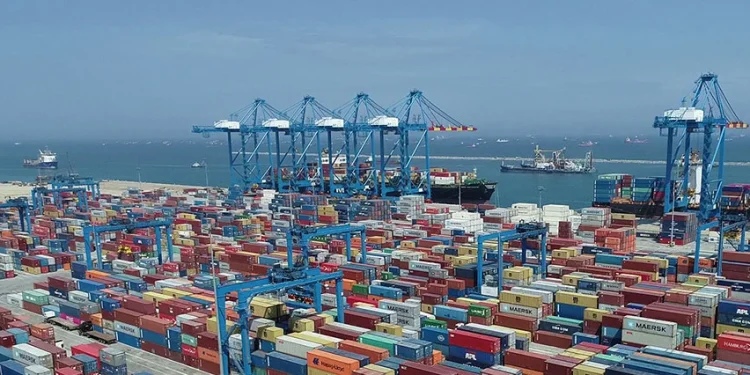Preliminary discussions to establish a policy framework and implementation plan for the country’s downstream aluminium industry have begun.
Led by Ghana Integrated Aluminium Development Corporation (GIADEC), the plan is expected to positively impact final processes in the production and sale of aluminum products.
“Key elements and inputs in the downstream policy framework will include tax and tariff regime, and power production (green power) vis-à-vis ethics and best practices in the industry,” Mr. Ansah indicated.
The corporation says the need for a downstream policy framework has become critical, as it has completed work on an upstream master-plan and is ready to leverage the country’s existing bauxite reserves of 900 million metric tonnes to drive full commercial exploitation.
Ghana currently imports significant volumes of aluminium products, but GIADEC says its downstream policy framework will seek to curb these imports and encourage local companies to produce while respecting rules of the African Continental Free Trade Area and those of the ECOWAS protocols.
The downstream industry is expected to drive industrial transformation through the utilisation of primary aluminium produced in the country.
Development of the downstream industry involves retrofitting VALCO, with approximately 300,000 tonnes of aluminium to be available to the integrated aluminium industry annually. This will be an increase from the 40,000 – 50,000 tonnes currently produced yearly.
“It is important that the policy enables Ghanaian companies to thrive and ensure the country does not become a dumping-ground for cheap aluminium from elsewhere, looking at the huge prospects we have in the immediate future,” Mr. Ansah noted.
A Senior Research Officer at the International Economic Development Group (ODI) – formerly Overseas Development Institute, Derrick Abudu, said a road map for a fully-fledged downstream aluminium industry will take up to about 2035 to realise.
“The roadmap spans from now up to 2035, with targets including an energy deal that will subsidise power cost to the aluminium sector for a competitive cost structure (power entails 30 percent of cost of production), attraction of investment by 2030, and much higher targets by 2035,” he disclosed.
The ODI said the downstream could generate up to US$200million revenue annually in smelting, and create about 20,000 jobs along the value chain.
Speaking at the event, Lands and Natural Resources Minister, Samuel Jinapor, said government’s optimism on the contribution of a fully-integrated aluminium industry to the country’s socio-economic development cannot be underestimated.
He tasked GIADEC and key stakeholders including the Ministry of Trade and Industry to ensure that the country’s aluminium resources are fully harnessed to enhance growth and development.
















